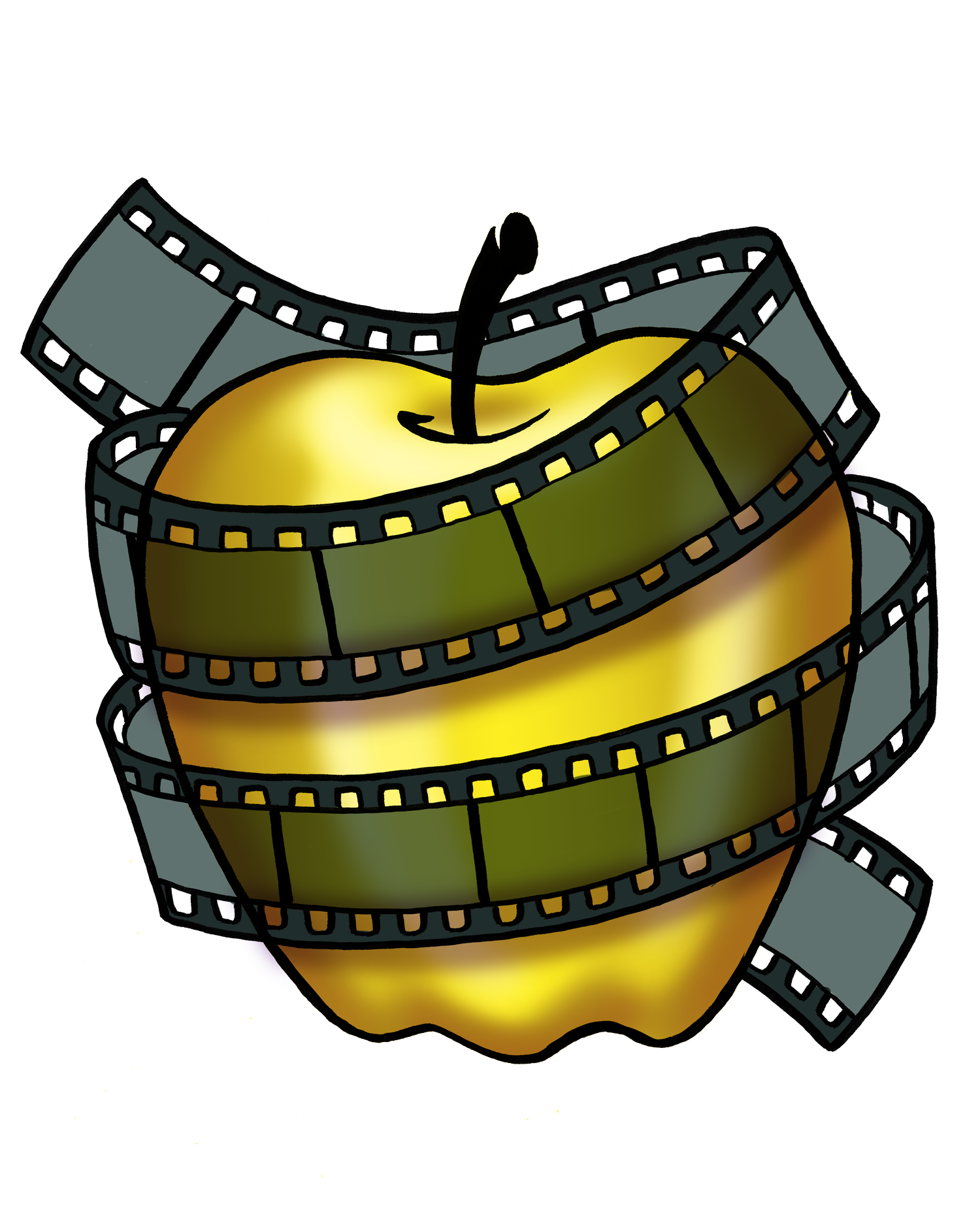MOVIE REVIEW: The Fire Inside
THE FIRE INSIDE– 4 STARS
The instinctive culmination of a prototypical sports film is a big event setting with some type of crowning achievement. The narratives are constructed to build these tipping points of success with suspense. If the journey has been framed right, the characters have earned their chance at rewards from their exhaustive hard work and preparation. Likewise, viewers come to sports films for those cathartic moments of satisfaction and savor their inspiration power long after. Rachel Morrison’s The Fire Inside follows that very finely-tuned trajectory but does something different with its cinematic stamina and steadfast platform. Hang tight. We’ll get to that.
The first half of The Fire Inside recounts the origin of boxer Claressa Shields. Born and raised in Flint, Michigan to the impoverished, abusive, and broken home of her mother Jackie (Canadian TV actress Oluniké Adeliyi), the young girl gravitated to the toughness of boxing. Growing into her hardened teen years to be played by Grown-ish actress Ryan Destiny, “Ressa” became a star pupil for Berston Field House trainer/coach Jason Crutchfield (Causeway supporting actor Oscar nominee Brian Tyree Henry). In many ways, Jason, who also worked in second job with the power company, stood in as the father-figure she lacked, often giving her transportation, gear, or a safe place to sleep away from dangers of her home.
LESSON #1: GIVE GIRLS A CHANCE– From the start, The Fire Inside introduces that the early 21st century where the readily apparent stigma is that girls, ladies, and women do not belong in pugilistic sports. The two-pronged issue was prejudicial judgments of toughness and the economic fact that far fewer people were willing to pay (and therefore also market and promote) to see women hurt each other. As Jason, her school classmates, and her sparring partners learned quickly, “she got hands,” where the proper place to judge Claressa and remove expectations was in the competitive ring and not with optics or gender identification.
LESSON #2: DO SOMETHING GOOD WITH YOUR PAIN– Rather than become another statistic of racial inequity and bucking the old W. Clement Stone adage of someone being a product of their environment, Ressa put her lived-in pain and anger into her sport. Jason set her on a path to qualify for the 2012 Summer Olympics in London where women’s boxing was being included for the first time. Greater than national patriotism to represent her town and her coach, Shields did not preen for the cameras and fought for her gender, skill, pride, and the chance to escape her obstacles. In full sports movie mode, The Fire Inside’s casual catchphrase fit for a t-shirt becomes “You can lose a fight, but not nobody can take your heart.”
Loyal boxing fans or anyone with Wikipedia at their fingertips knows what happened next. Witnessing gold medal moments, even dramatized ones in a movie powered by a triumphant score from composer Tamar-kali (Shirley and Palmer), never get old, especially historically significant one’s like Claressa’s. Folks can go home happy. Yet, this is where The Fire Inside veers on a new path from the norm and digs its heels into a deeper trench of drama.
LESSON #3: WHAT HAPPENS AFTER VICTORY— Scripted with a gold seal by Moonlight Oscar winner and current Mufasa: The Lion King director Barry Jenkins, The Fire Inside addresses the reality of what happens after victory for 99% of amateur athletes and Olympians. Not every gold medialist gets to be a Wheaties cereal box cover model, wined-and-dined at Disney World, or receive ticker tape parades as national heroes. Fearlessly, The Fire Inside takes us into the post-Olympic lull for Claressa Shields where promises from hanger-ons went unfulfilled, endorsements never matriculated, and recognition from monetary earning power disappeared.
This extended second half of The Fire Inside questioning “what then” and “what now” turns out to be as compelling, if not more so, than the jet-packed American Dream story that got us to this drop. The extra meat of real truths laid out by Jenkins and Morrison (in her directorial debut after being a stellar cinematographer in films like Mudbound)—both personal for Claressa and Jason and broader with the stumps addressing the unequal landscape existing for female athletes–-improves from the natural peak of the Olympics and intensifies the festering hostility that existed in Claressa Shields’s life.
The new challenge became whether or not Ressa could stay true to who she was and survive even longer with another Olympics a distant four years away. Before this rarely displayed denouement for a sports movie, Ryan Destiny and Brian Tyree Henry forged a bond truly worth rooting for. We come to love their dynamic. However, with these advanced trials and tribulations, any evils, so to speak, other than oppressive indifference from gender favoritism, are resolutely internal. Our two protagonists reach different breaking points that go on to elevate the weight and breadth of their performances. Rather than lament about troubles and detach from the movie, we lean in closer, giving proof that experts like Jenkins can improve on formulas when given the space, freedom, and encouragement to do so.
LESSON #4: BE SEEN– Even when the post-victory shift threatens and then suitable releases the stockpiled good graces, the film reconstructs broken spirits to a second and ultimately more meaningful long-term conclusion. In the end, the movie says it best with two sturdy mantras reading for office posters. First, “It’s not where you cheer from, it’s that you cheer” and, second, it’s “Show them you are too damn good to be ignored.” Both ring true of this movie’s appeal and impact. Because of its empathetic and transformative journey, The Fire Inside is engrossing entertainment perfect for this time of the year and stands out as a must-see sports film in an era with a dearth of quality in the genre. Shields and Crutchfield repped for their folks. It’s our turn to rep for them.
LOGO DESIGNED BY MEENTS ILLUSTRATED (#1254)









